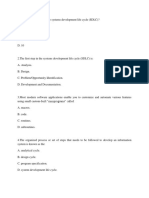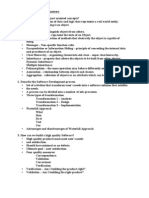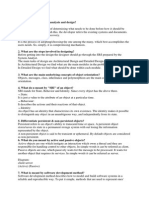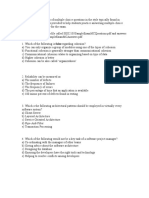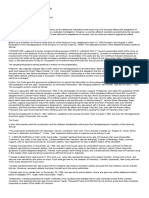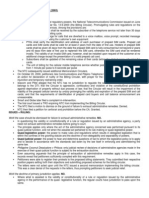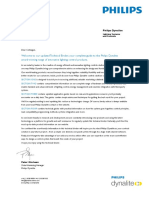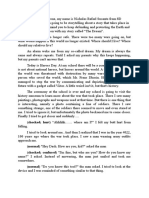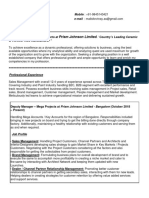0% found this document useful (0 votes)
17 views10 pagesSection A - Multiple Choice (Circle The Correct Answer)
The document consists of multiple sections including multiple choice questions, true/false statements, and short answer questions related to software engineering and UML diagrams. Key concepts covered include the purpose of modeling, types of UML diagrams, roles in software projects, and the importance of requirements elicitation. Additionally, it discusses methods for managing complexity and differentiates between functional and nonfunctional requirements.
Uploaded by
tarunjoseph17Copyright
© © All Rights Reserved
We take content rights seriously. If you suspect this is your content, claim it here.
Available Formats
Download as PDF, TXT or read online on Scribd
0% found this document useful (0 votes)
17 views10 pagesSection A - Multiple Choice (Circle The Correct Answer)
The document consists of multiple sections including multiple choice questions, true/false statements, and short answer questions related to software engineering and UML diagrams. Key concepts covered include the purpose of modeling, types of UML diagrams, roles in software projects, and the importance of requirements elicitation. Additionally, it discusses methods for managing complexity and differentiates between functional and nonfunctional requirements.
Uploaded by
tarunjoseph17Copyright
© © All Rights Reserved
We take content rights seriously. If you suspect this is your content, claim it here.
Available Formats
Download as PDF, TXT or read online on Scribd
/ 10








